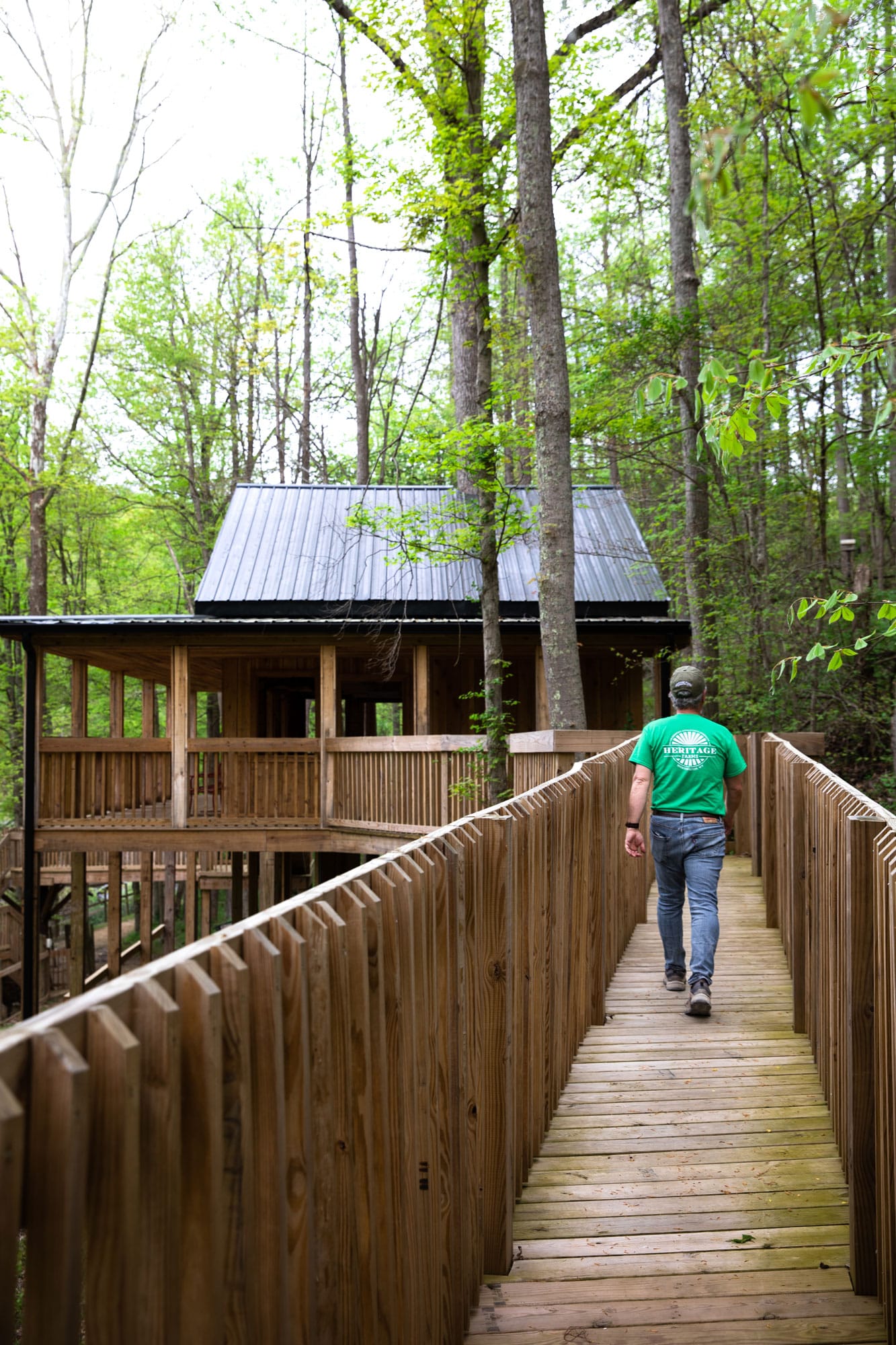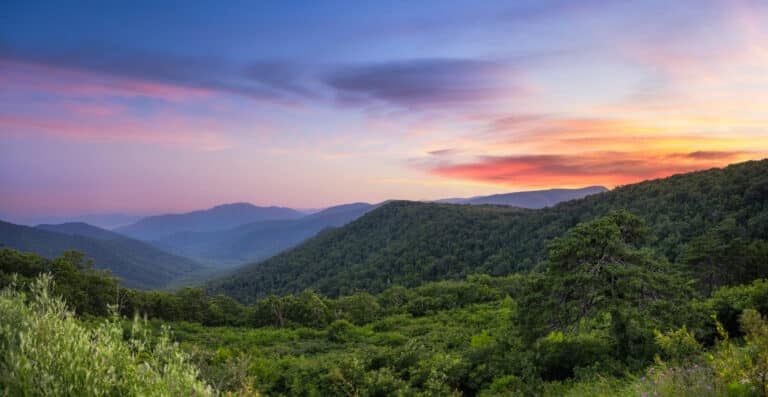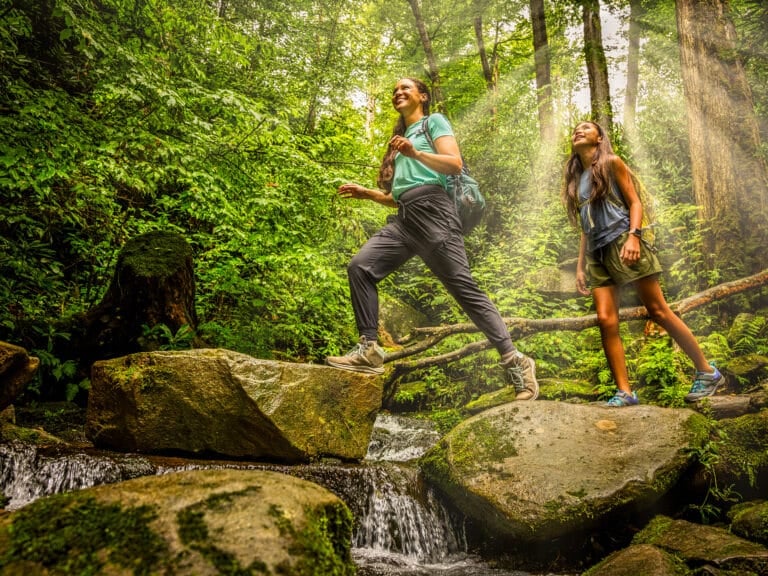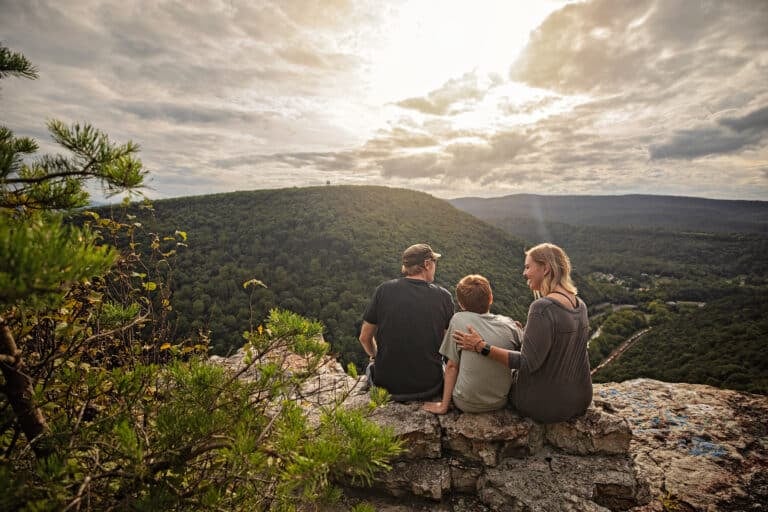As I top off my mountain bike tires with some air, the sounds of goats, chickens, and even the braying of a donkey could be heard across the nearby mountainsides. I had just arrived at Heritage Farm, the first and only Smithsonian affiliate in West Virginia, and was spending a long weekend away at the Farm. Though downtown Huntington, WV is only 10 minutes away, the hills and historical buildings of the farm completely immerse you in Appalachian nature and history.
Heritage Farm is a family ran charitable foundation booming with passion and creativity. Their mission is to find new and unique ways for their visitors to interact with Appalachia—whether it’s mountain biking through the lush forest, walking through museums dedicated to the people who made a life in the mountains, or getting to meet a turtle up close while learning about its role in the ecosystem.
Here is where I found adventure and what it felt like to connect with Appalachia at the hidden gem that is Heritage Farm.
Adventure
Mountain Biking
Located right on the property, Heritage Farm’s brand new downhill mountain bike park, Mountain Rim Bike Park, is designed by local riders and trail builders to cater to all level bikers. Whether you are just starting out or considered an expert—the park offers trails and amenities for everyone, including children! Not only do riders have the option of bringing their own bike or renting on-site, bike rangers patrol the mountain and will even ride with young or new riders for added security.
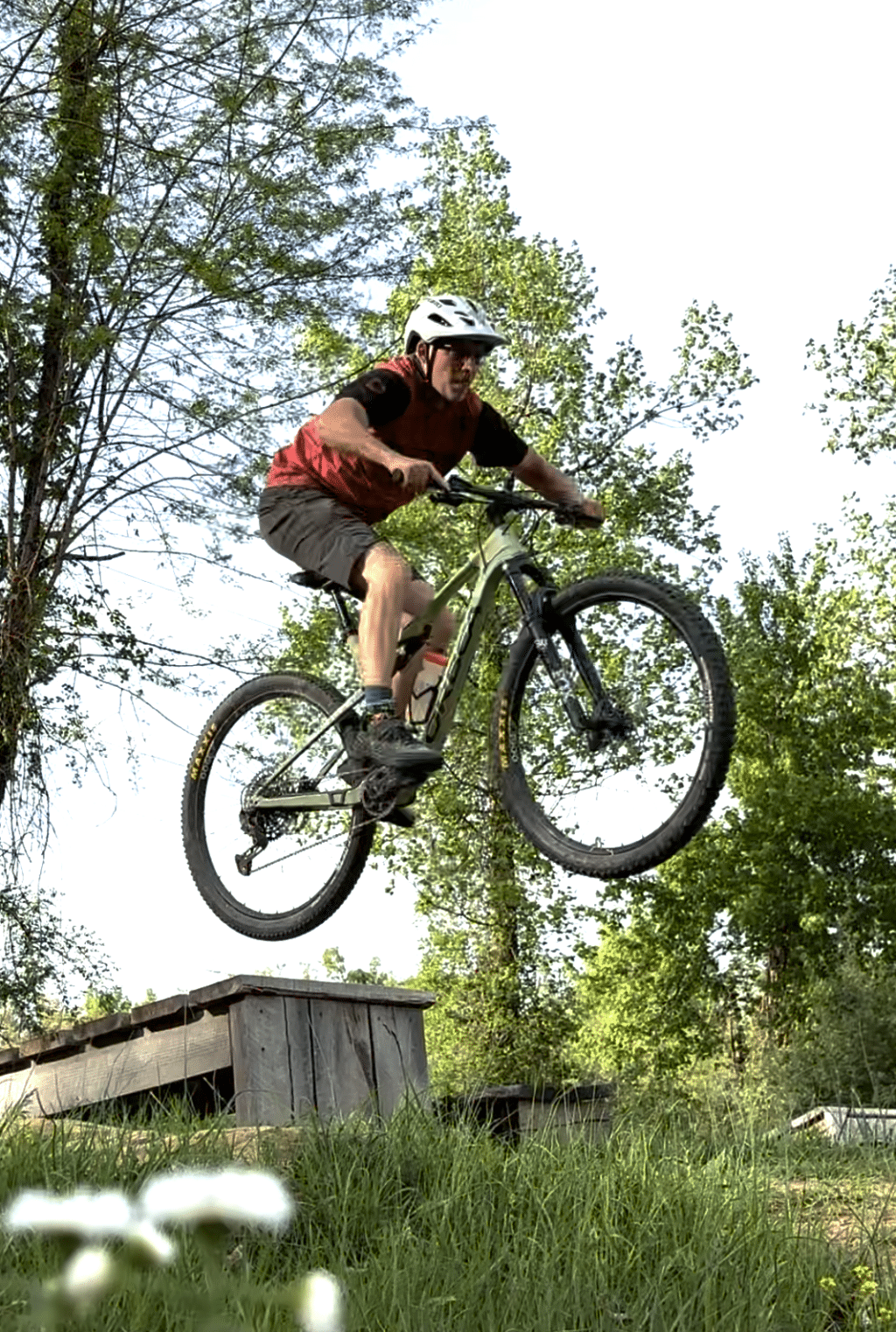
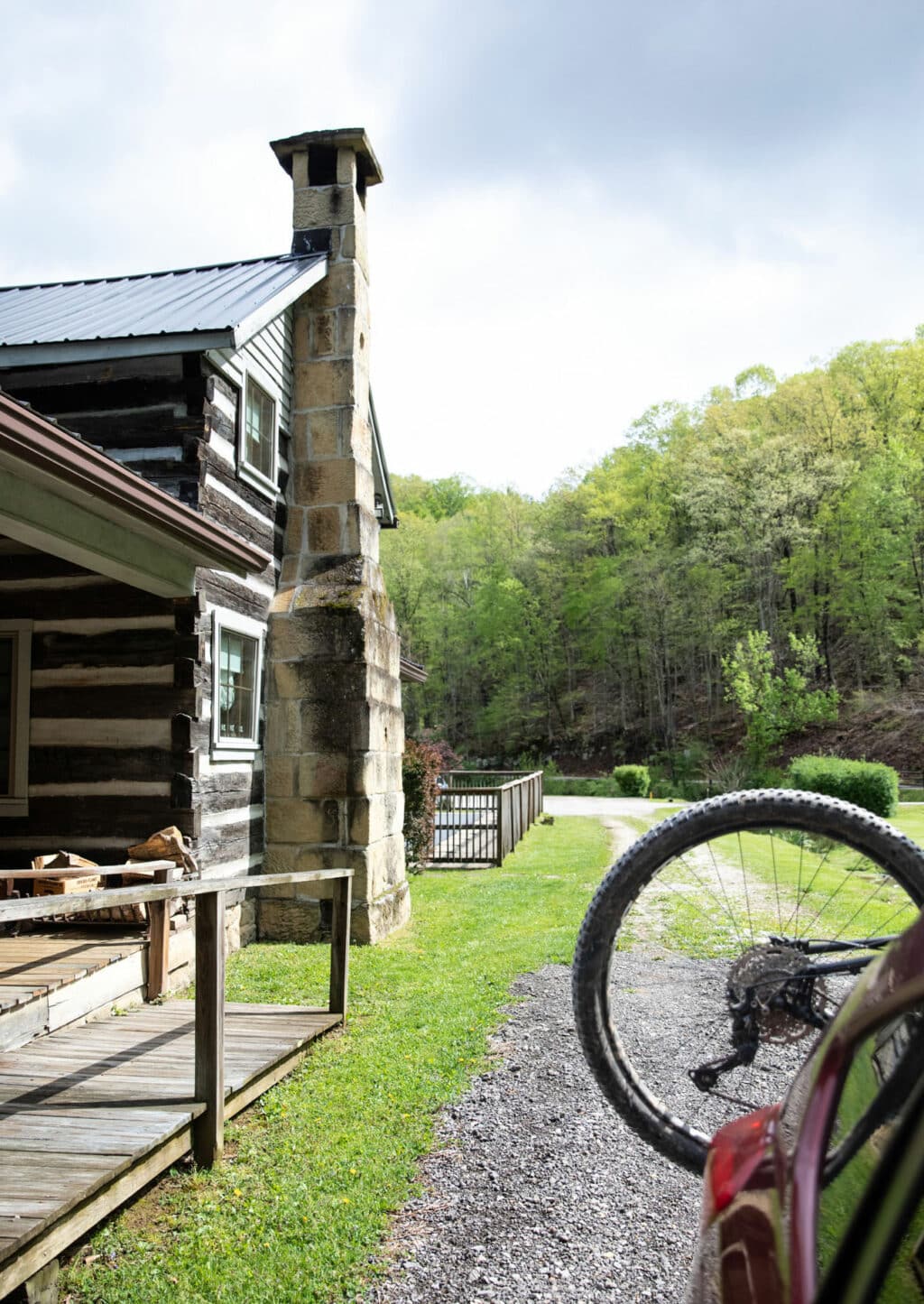
I was ready to bike up the nearly 900 feet of elevation gain to the top when a UTV pulled up with a mounted bike rack. Named the Holler Hauler Transport, riders can purchase a full-day pass to have themselves and their bikes hauled to the top of the park to ride down. There’s a challenging ride-up-trail called Grindstone Trail I could have taken to the top, but I found the UTV ride to be half the adventure!
The trails were fun, flowy, and challenging with thoughtfully placed features like rock gardens, tight berms, and optional jumps both small and large. It was a great place to cruise and/or push myself when I wanted to.
Adventure Park
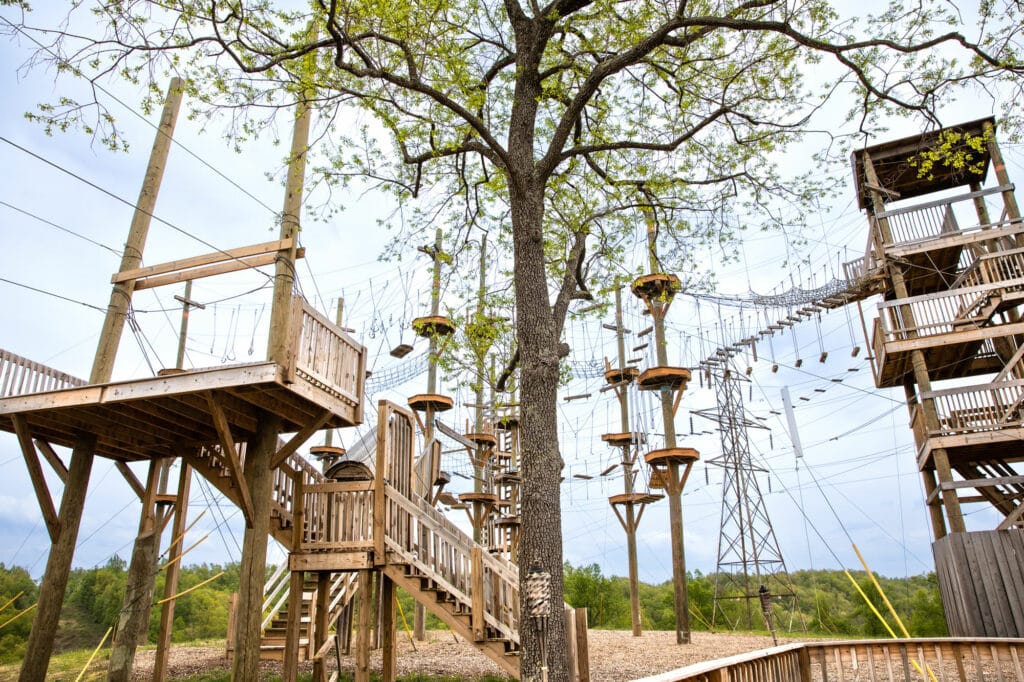
It’s funny how something can make you feel so strong and capable while at the same time make you feel as silly and giddy as a child. The Adventure Park made me feel just that with its ziplines and adventure courses made as an homage to Appalachian ancestors who lived a life of adventure just by surviving in the mountains.
RedTail Racers is the biggest and baddest zipline. A dual 1100-foot long line that takes you 40 mph over the valley, you can soar over the valley as fast as a red tailed hawk can fly, hence the name! The TalithaKoum and Wilder’s Zip-n-Climb are two of the aerial courses that together offer a wide range of difficulty and variety ranging from 15-40 feet high between the two of them.
Appalachian Roots
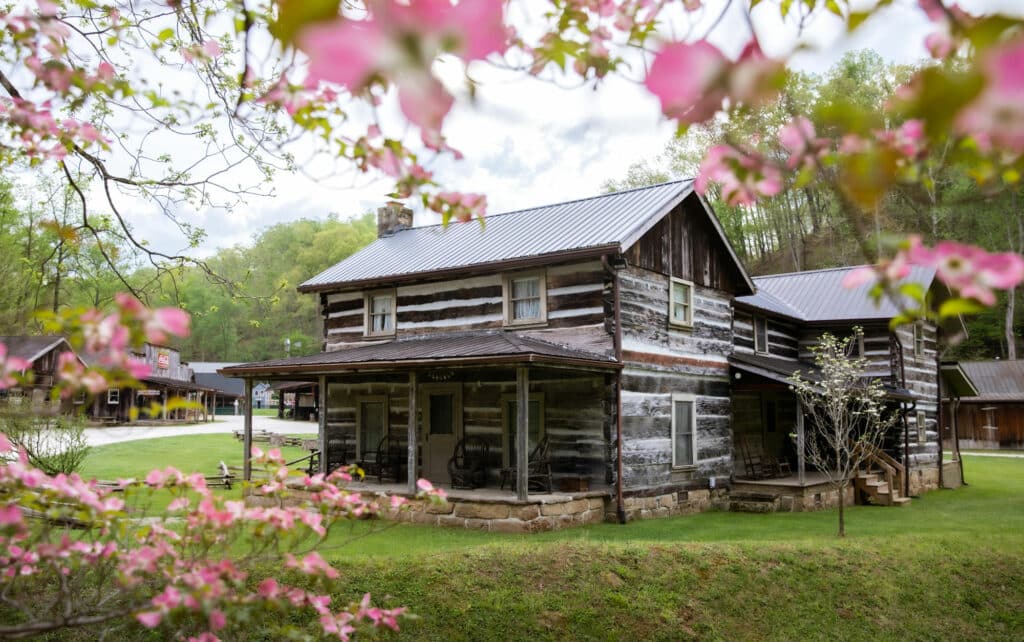
Native Flora and Fauna
Something that had me especially excited to visit Heritage Farm was getting to interact with animals. As of 2018, their Wild Heritage nature and wildlife education series has been working to allow people to explore the natural history of Appalachia and engage in its conservation.
Their new Nature Center highlights the native creatures of Appalachia with a “living classroom” of animals. It was exciting to get up close to the living things we share an environment with, and it was the closest I’ve ever gotten to a Copperhead, (that I know of)! Along with learning about how they contribute to their ecosystems, I learned of species that I either didn’t realize were native to our region, or even existed at all.
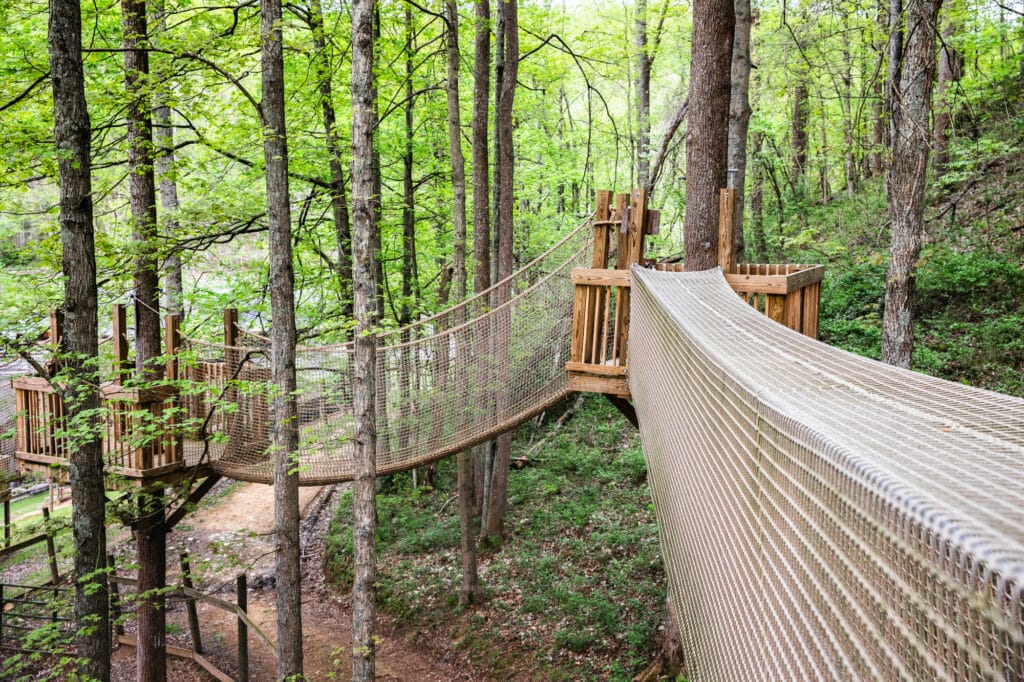
Also new to Heritage Farm is their Treehouse Trek. Built right behind the Nature Center, I could get a bird’s eye view of the critters that spend time in the treetops. The treehouse sits 60 feet high and takes visitors through 750 feet of canopy bridges that lead to various educational and adventure activities, including offshoots designed to have you balance like a chipmunk, climb like a raccoon, or even hang like an opossum.
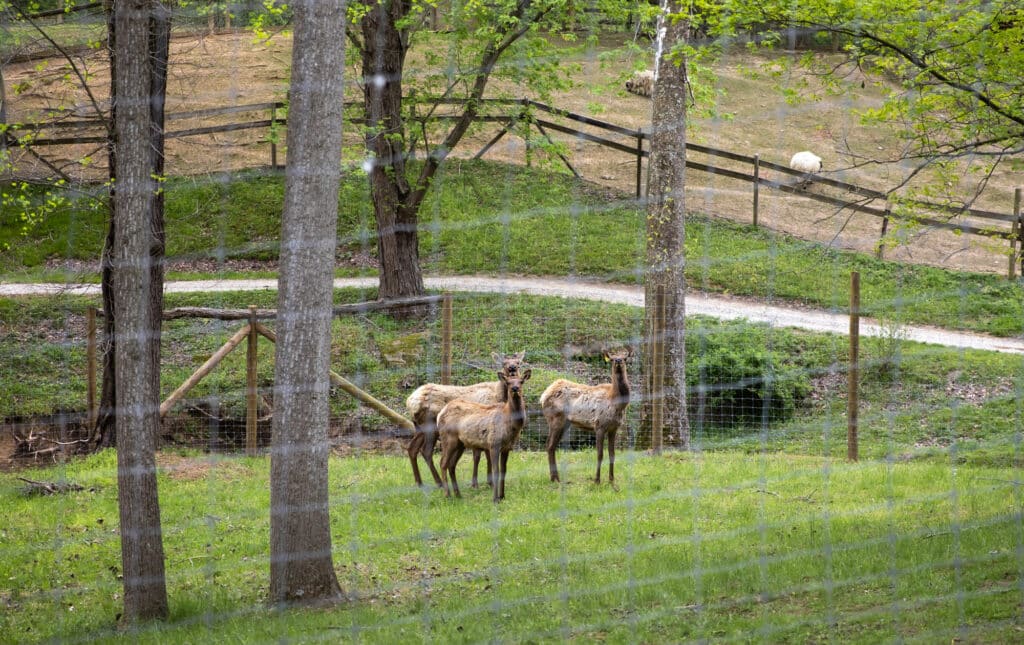
The animal experience became even more interactive at the Critter Corner where I got to pet llamas, pigs, bunnies, donkeys, and goats, (oh my!) and learn about how they contributed to everyday farm life in the region. I also was able to walk around the property and visit animals that the farm has taken on as part of their growing wildlife sanctuary.
Museums and Activities
I was blown away by the vastness and detail of the seven museums on the property—each showcasing the evolution of people from early Appalachian pioneer life. From a small toaster to a large electric vehicle both built around the 1920s, their impressive collections make you feel like you are traveling through time.
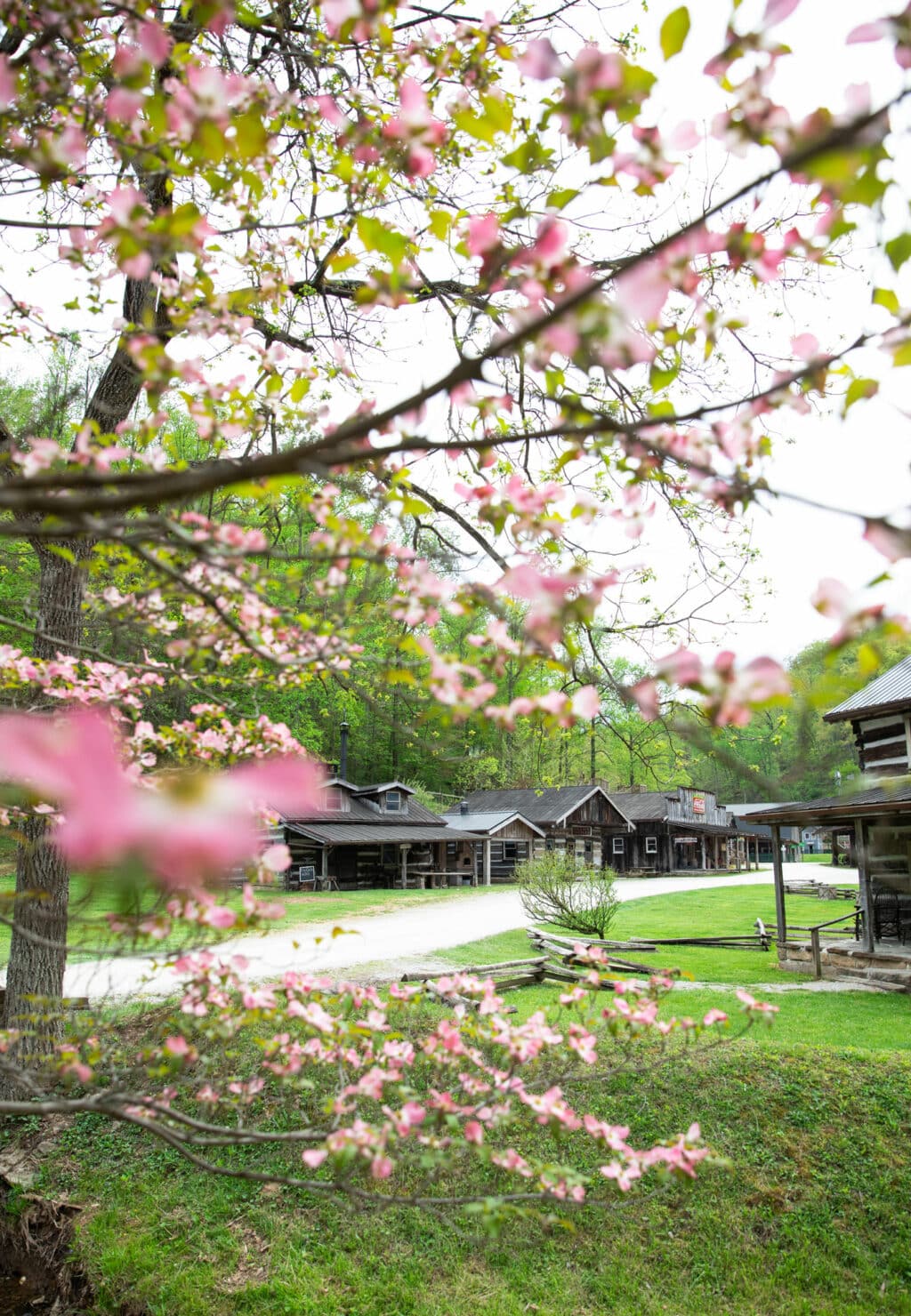
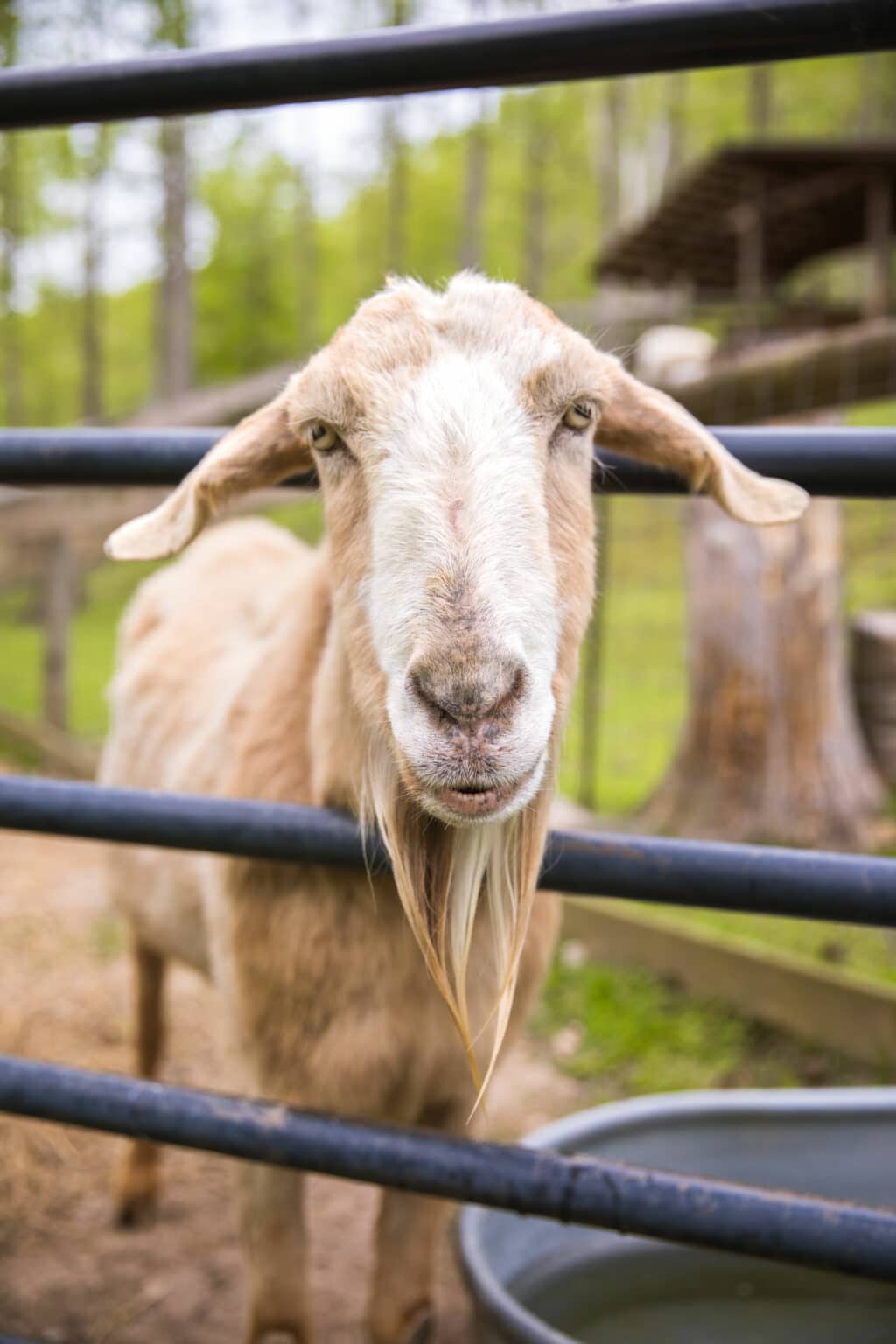
The Industry Museum highlights the advancements in regional industry and commerce, including timber and coal, with original artifacts, uniforms, and tools used by workers—I even learned why the famous West Virginia pizza roll was created! The Transportation Museum displays the evolution of transportation while the Progress Museum takes you decade by decade through domestic life from the 1850’s.
Along with showing history through the museums, there are also numerous live attractions and educational events throughout the year, including their Blacksmith Shop equipped with resident Blacksmiths and Artisan Center where tradespeople committed to the preservation of traditional Appalachian arts and crafts showcase these practices.
There is so much to see and do at Heritage Farm—I am already looking forward to the next time I get out there.
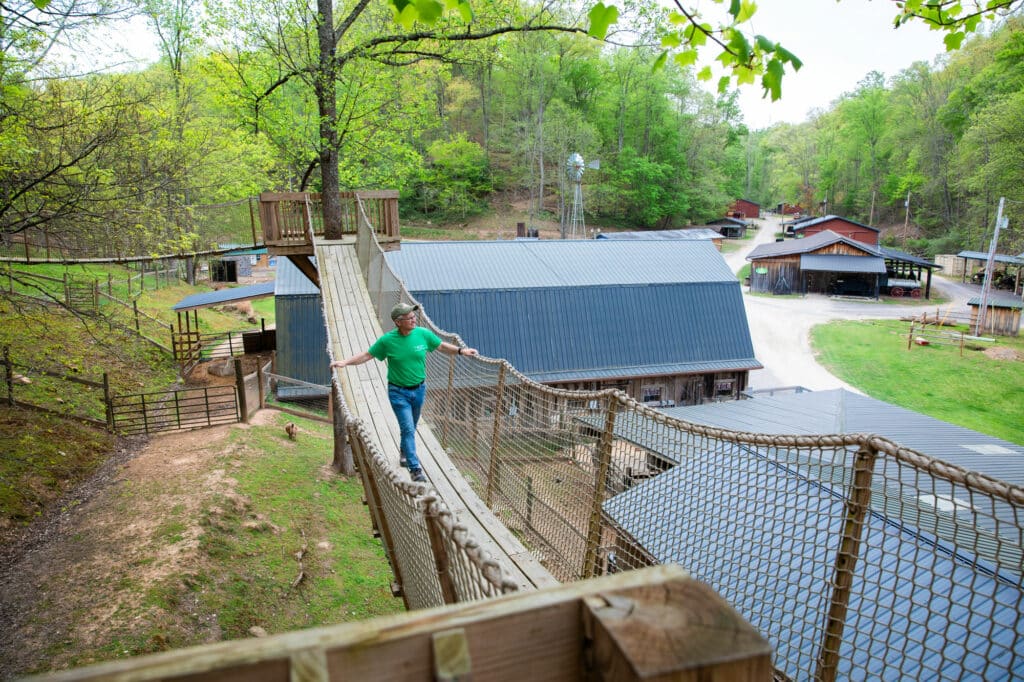
All photos and words by Shannon McGowan of Blue Ridge Outdoors Magazine.
